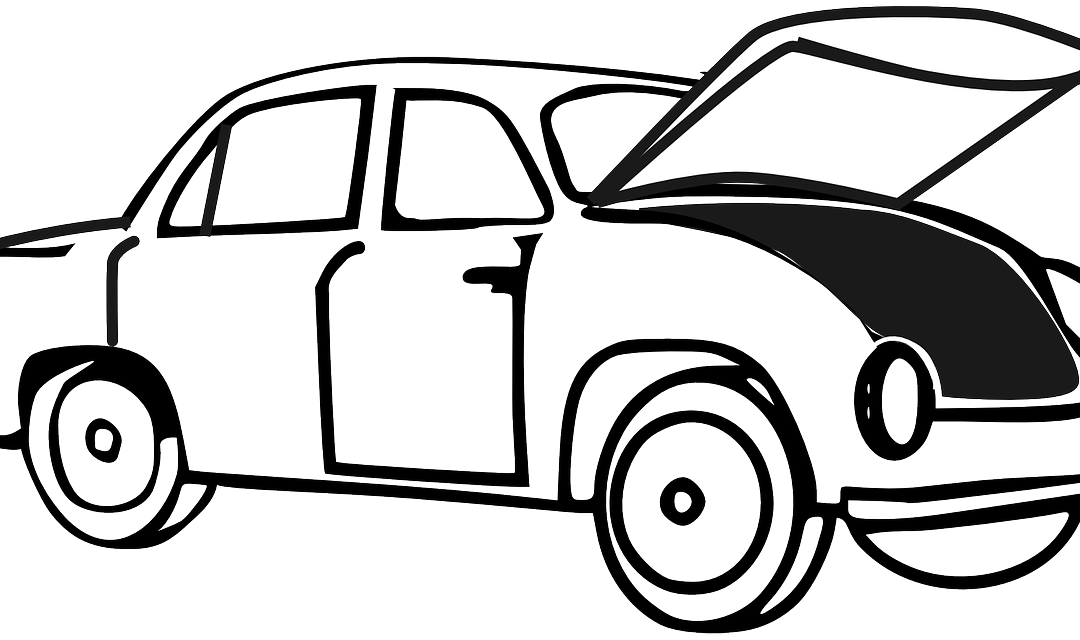Owning a 1955 to 1957 Ford Thunderbird is like holding a piece of American automotive history in your garage. These iconic cars are not only beautiful to behold but also a pleasure to drive. However, their age means they require meticulous care, especially when it comes to the engine. A well-maintained engine can significantly enhance the performance and longevity of your classic Thunderbird. This comprehensive guide provides you with all the necessary steps to keep your Thunderbird’s engine running smoothly.
Understanding Your Thunderbird’s Engine
Before diving into maintenance, it’s crucial to understand the specifics of the Thunderbird’s engine. The first-generation Thunderbirds were equipped mainly with two types of engines:
- 292 cubic inch (CID) V8 Y-block: Producing 193 horsepower, it was a standard in the 1955 models.
- 312 CID V8 Y-block: Introduced in 1956, this engine could be upgraded to a special version with up to 270 horsepower by 1957.
These engines, known for their durability, still require regular attention due to their age and the technology of their time.
Regular Oil Changes
Oil is the lifeblood of any engine, especially in classic cars:
- Frequency: Change the oil every 2,500 miles or at least once a year, as old engines can accumulate contaminants more quickly.
- Recommended Oil: Use a high-quality detergent oil that meets API service classifications suitable for older engines. Some owners prefer modern synthetic oils for better protection, but it’s essential to ensure compatibility.
Cooling System Maintenance
The cooling system in your Thunderbird is critical in preventing engine overheating:
- Radiator Care: Check the radiator for any signs of corrosion or leaks. Flush the radiator annually and refill it with a proper coolant mixture.
- Thermostat: Replace the thermostat every few years to ensure it opens and closes at the correct temperatures.
- Water Pump: Inspect the water pump for leaks or a worn bearing. A failing water pump can lead to overheating and severe engine damage.
Fuel System Checks
A clean and functional fuel system is vital for engine performance:
- Carburetor: Keep the carburetor clean and properly adjusted. Rebuild the carburetor every few years to maintain optimal fuel efficiency and engine performance.
- Fuel Filters: Replace the fuel filter annually to prevent clogging, which can lead to engine stalling and reduced performance.
- Fuel Lines: Inspect the fuel lines for signs of wear, cracks, or leaks. Replace brittle or damaged lines to prevent fuel leaks.
Ignition System Upkeep
A well-maintained ignition system ensures a reliable start and efficient engine operation:
- Spark Plugs: Replace spark plugs every year or two, depending on usage, to ensure smooth engine performance and efficient fuel consumption.
- Ignition Timing: Check and adjust the ignition timing regularly. Incorrect timing can lead to poor performance and increased fuel consumption.
- Distributor and Wires: Examine the distributor cap and rotor for wear and replace them as needed. Check the spark plug wires for cracks or signs of wear and replace if necessary.
Valve and Timing Adjustments
Valve and timing settings are crucial for the engine’s performance:
- Valve Clearance: Check and adjust the valve clearances periodically. Incorrect valve clearances can lead to engine noise, poor performance, and valve damage.
- Timing Chain or Belt: Inspect the timing chain or belt for wear and proper tension. Replace it according to the manufacturer’s guidelines or if any signs of wear are detected.
Exhaust System Maintenance
An efficient exhaust system is crucial for engine health and cabin comfort:
- Exhaust Manifold: Check for cracks or leaks, especially around the manifold gaskets, as these can lead to dangerous exhaust fumes entering the cabin.
- Corrosion: Inspect the entire exhaust system for signs of rust or corrosion, and replace parts as necessary to maintain proper exhaust flow and vehicle safety.
General Engine Inspections
Regular inspections can catch potential issues before they become major problems:
- Belts and Hoses: Check all belts and hoses for signs of aging, such as cracks or softening, and replace them as needed.
- Engine Mounts: Inspect the engine mounts for wear or degradation. Worn mounts can lead to excessive engine vibration and damage.
- Leaks: Regularly check for oil, coolant, and fuel leaks. Small leaks can quickly become big problems in classic cars.
Conclusion
Maintaining the engine of your 1955-1957 Ford Thunderbird is an essential part of classic car ownership. By following this detailed guide, you can ensure that your Thunderbird remains a reliable and enjoyable ride. Remember, regular maintenance not only preserves the vehicle’s performance and aesthetic appeal but also its historical value and legacy as one of America’s most cherished automobiles. Whether you’re a seasoned collector or new to the world of vintage cars, proper engine care will allow you to experience the best that your Thunderbird has to offer.

